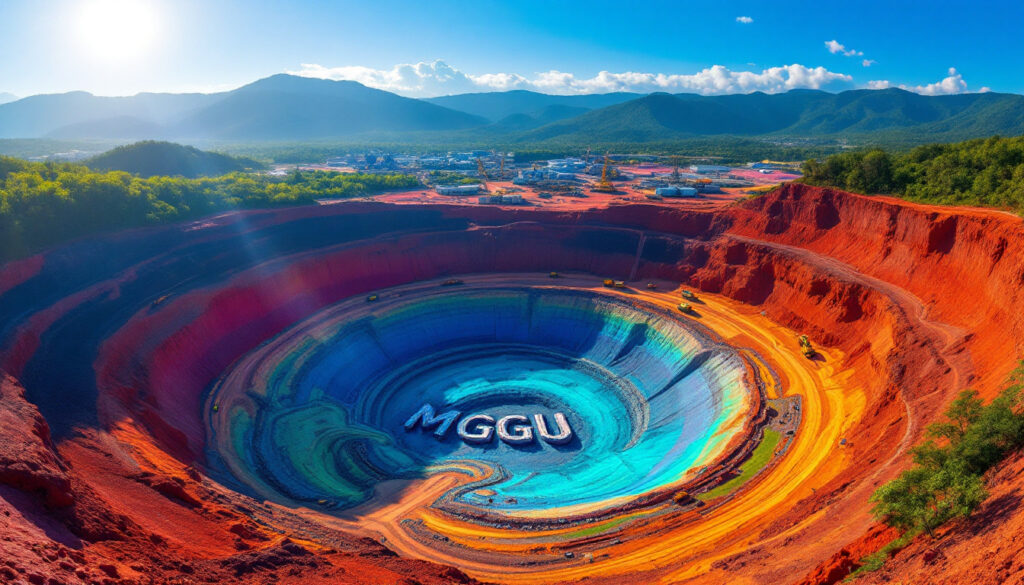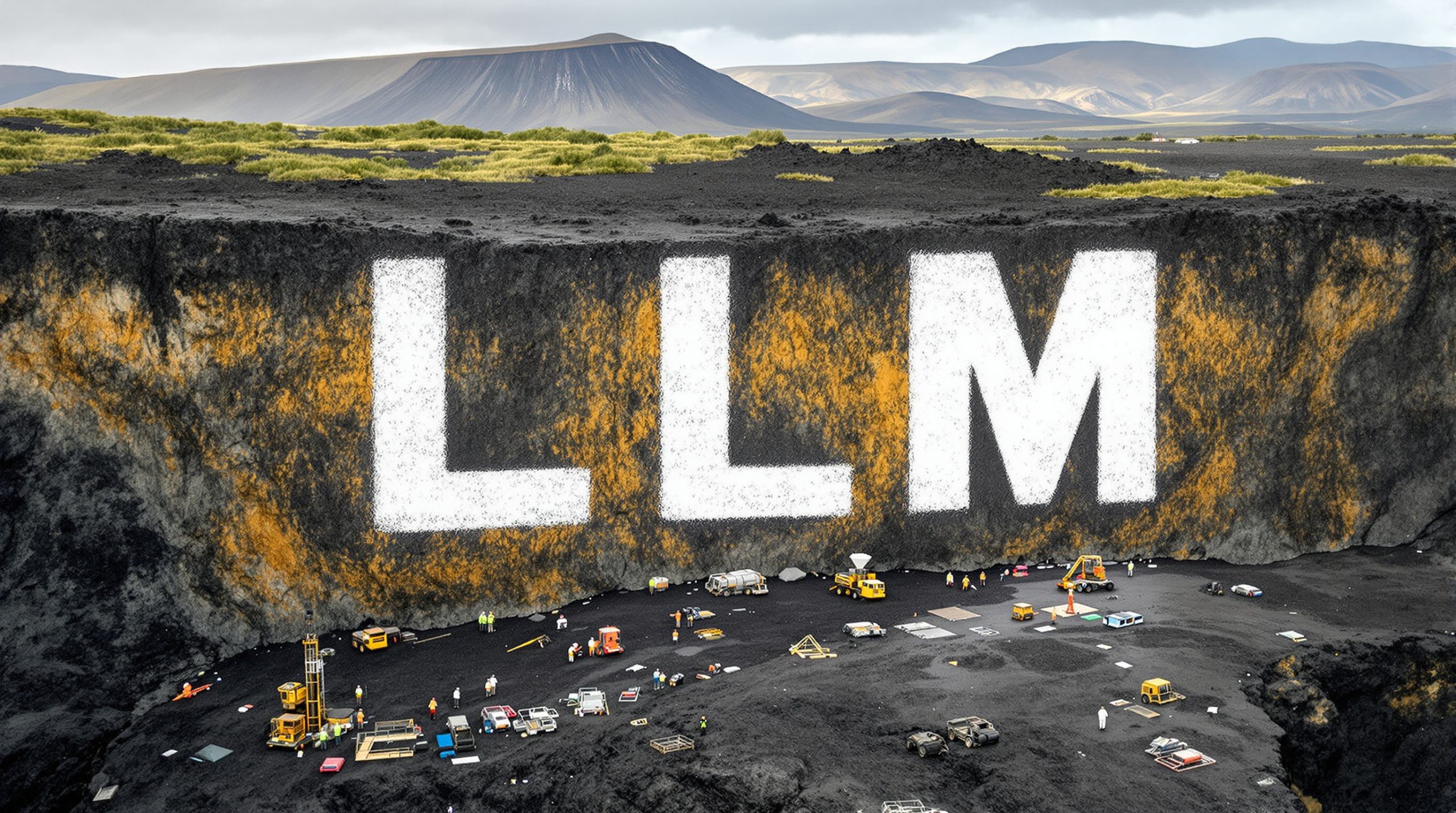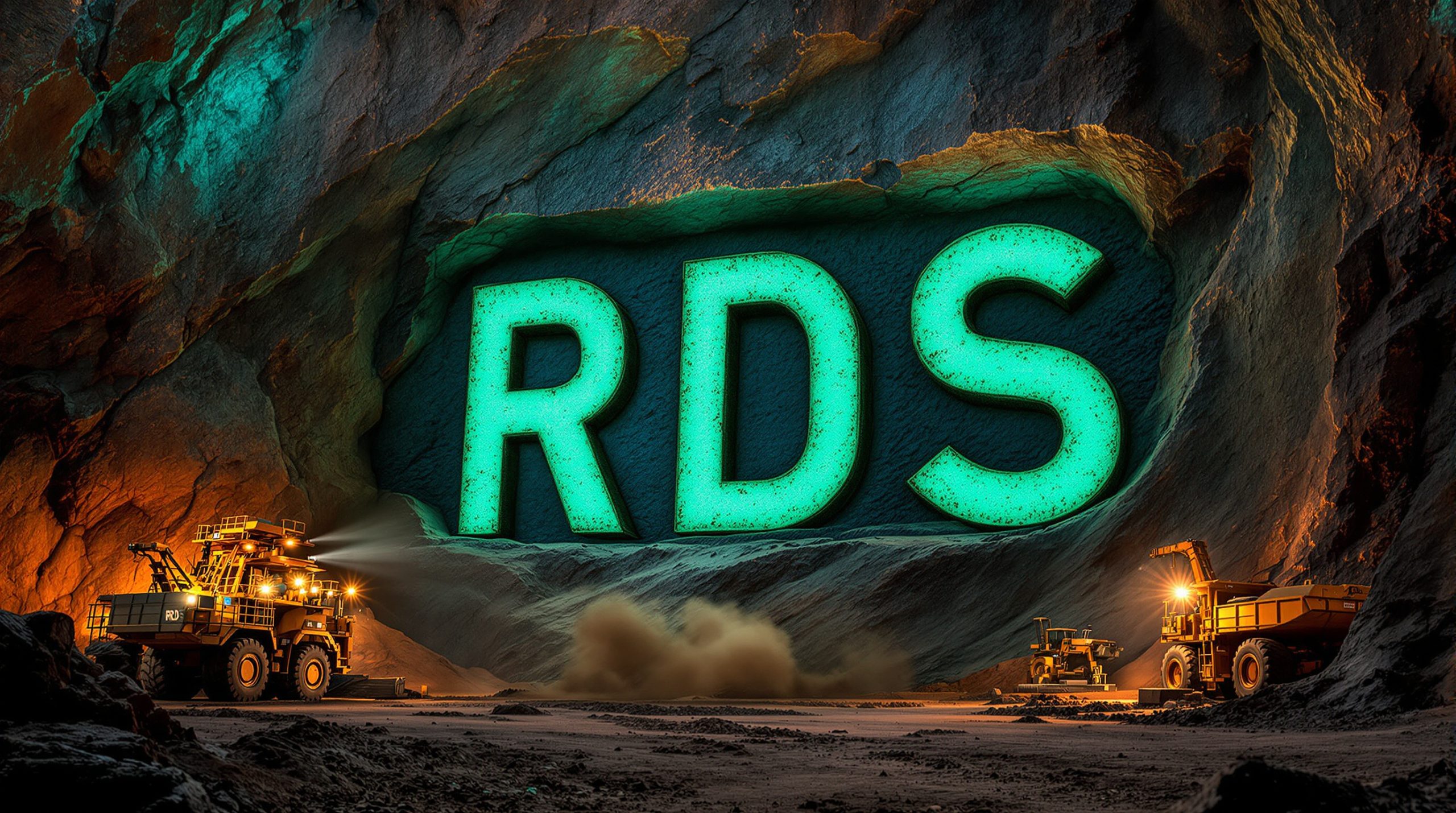Magnum Secures Two High-Potential REE Projects in Brazil as China Restricts Global Exports
Magnum Mining & Exploration (ASX: MGU) has announced the completion of its acquisition of Palmares Estudos Geologicos LTDA, giving the company 100% control of two promising rare earth element (REE) projects in Brazil. The acquisition comes at a strategic time as China has implemented new export restrictions on rare earth elements to the United States, driving global interest in alternative REE sources.
The company has secured the Palmares REE Project comprising 18 granted claims covering 348 km² in Bahia State, and the Azimuth REE Project consisting of 72 granted tenements spanning 1,201 km² along the mineral-rich AZ125° Lineament.
Early exploration at Palmares has already yielded exceptional results, with trench samples returning grades of up to 1.69% Total Rare Earth Oxides (TREO) and surface rock samples showing values up to 1.31% TREO. These initial findings place the project among the higher-grade REE discoveries globally.
"China has again weaponised Rare Earth Elements by halting exports to the USA. Interest in REE exploration and mine development has skyrocketed as a result. Magnum has positioned itself in a proven highly prospective REE area in Brazil to address that demand."
Palmares Project: High-Grade REE in Brazil's Emerging Rare Earth Hub
The Palmares Project is strategically positioned in Brazil's Bahia State, surrounded by REE exploration projects held by other ASX-listed companies including Equinox Resources, Brazilian Rare Earths, and Meteoric Resources. The project sits on the Jequié Belt, a carbonatite and alkaline intrusive corridor known to host ionic clay REE deposits with particular emphasis on heavy rare earths (HREEs) critical for green technologies.
Initial exploration work has included:
- Geological mapping
- Trenching
- Surface and trench sampling
- Ground magnetic surveys
- Resistivity surveys
The results have been impressive, particularly from the pegmatite dyke swarm that returned the highest grades. What's particularly significant is the project's THREO (Total Heavy Rare Earth Oxides) content of 2,633 ppm from trench samples and 2,227 ppm from rock samples. These heavy rare earths include high levels of terbium (Tb) and dysprosium (Dy), both critical elements currently dominated by Chinese supply.
Palmares REE Sample Results
| Sample Type | TREO | THREO | Notable Elements |
|---|---|---|---|
| Trench Samples | Up to 1.69% (16,884 ppm) | 2,633 ppm | High Tb, Dy content |
| Rock Samples | Up to 1.31% (13,082 ppm) | 2,227 ppm | Anomalous Ce up to 6,507 ppm |
Additionally, the Palmares Project has revealed significant scandium credits, with values ranging from 30 to 65 ppm in magnetic basic rocks (magnetitite) and weathered amphibolites, adding another potentially valuable element to the project's resource profile.
Understanding Ionic Clay REE Deposits: Why They Matter to Investors
Ionic clay rare earth deposits represent a particularly valuable type of mineralisation that offers several significant advantages over conventional hard-rock REE deposits. These advantages directly impact project economics and operational feasibility.
Surface Location: Ionic clay deposits typically sit near or at the surface, requiring minimal overburden removal and allowing for simple open-pit mining methods. This substantially reduces mining costs compared to underground operations.
Simple Processing: The REEs in these deposits are weakly bonded to clay particles, enabling extraction using simple leaching techniques rather than complex, expensive processing methods required for hard-rock deposits.
Environmental Advantages: Most importantly for environmental considerations, ionic clay deposits typically contain negligible amounts of radioactive elements like thorium and uranium that are often present in conventional REE deposits. This significantly reduces environmental concerns and processing complications.
The high cerium (Ce) values detected at Palmares (up to 6,507 ppm) suggest mineralogy similar to ionic clay deposits, which would be extremely favourable for potential future development of Magnum Mining's rare earth elements in Brazil.
Azimuth Project: Vast Exploration Potential Along a Mineral-Rich Corridor
The Azimuth Project represents a much larger land package covering approximately 1,201 km² along a 900 km stretch of the regional AZ125° Lineament. This crustal feature is recognised as a major source of mineral deposits due to the exotic intrusive rocks that occur along it.
The project area is located in Goiás State, home to world-class REE projects including Serra Verde and PCH IAC. While primarily targeting REEs, the Azimuth Project has also demonstrated copper potential, with grab samples yielding values between 0.13% and 1.14% copper.
As a predominantly greenfields project, Azimuth represents significant exploration upside for Magnum, with multiple high-priority targets already identified from regional aeromagnetic data. The company plans to undertake regional sampling and prospecting to prioritise targets for detailed exploration.
Development Timeline and Next Steps
With less than 0.1% of the Palmares REE Project area explored to date, Magnum has outlined an aggressive exploration strategy:
- Expansion of geophysical surveys to refine targeting
- Design and implementation of a drilling campaign to test down-dip and along-strike extensions of the pegmatite dyke systems
- Metallurgical testing to evaluate REE recoveries
For the Azimuth Project, the company will undertake:
- Regional sampling and prospecting to prioritise targets
- Prospect-scale mapping, sampling, and geophysical surveying
- Initial follow-up with shallow auger holes to assess mineralisation tenor, extent, and grade
Both projects benefit from excellent infrastructure, with access to roads, airports, power, and rail. The areas are serviced by population centres that can support exploration activities, and proximity to the Port of Ilhéus (capacity of one million tonnes) provides a potential export route.
The Investment Case for Magnum Mining
The acquisition of these Brazilian REE projects positions Magnum strategically within the rare earth element market at a time of increasing geopolitical tension and supply constraints. As China continues to restrict REE exports, particularly to the United States, companies with access to alternative REE sources may benefit significantly.
The key investment highlights include:
-
Exceptional initial grades: The discovery of up to 1.69% TREO places Palmares among the higher-grade REE projects globally
-
Critical heavy rare earths: Both projects show potential for terbium and dysprosium, which are essential for permanent magnets used in electric vehicles and wind turbines
-
Exploration upside: With less than 0.1% of Palmares explored and the vast Azimuth project still largely untouched, the potential for additional discoveries is substantial
-
Infrastructure advantages: Both projects are located in mining-friendly jurisdictions with excellent access to transport, power, and export facilities
-
Strategic timing: As global tensions rise regarding REE supply, Magnum Mining's rare earth elements in Brazil may position the company to potentially become an alternative supplier to Western markets
Regional Context and Infrastructure
Magnum Mining's rare earth elements in Brazil benefit from their location in an infrastructure-rich area. Both the Palmares and Azimuth projects can be reached via sealed highways from key locations including:
- Brasilia, Brazil's capital
- Salvador, a major coastal city
- Port of Ilhéus, which offers one million tonnes capacity for bulk and general cargo
The region is well-serviced with:
- Road networks
- Airports
- Power supply
- Rail infrastructure
- Population centres that can support exploration activities
The presence of existing REE operations and downstream processing sites in the region further supports the development potential of these projects, as they demonstrate the area's status as a mining-friendly jurisdiction.
Why Investors Should Monitor Magnum's Progress
Magnum Mining & Exploration represents a ground-floor opportunity in the rare earth element sector, having secured highly prospective land packages in Brazil just as global demand for non-Chinese REE sources intensifies.
The company's Palmares Project has already demonstrated high-grade potential with minimal exploration, suggesting significant upside as systematic work continues. Meanwhile, the Azimuth Project offers district-scale exploration potential along a proven mineral-rich corridor.
For investors seeking exposure to critical minerals essential for the green energy transition, Magnum's Brazilian rare earth projects offer a combination of high grades, strategic elements (including heavy rare earths and scandium), and excellent infrastructure in a mining-friendly jurisdiction.
With China's export restrictions highlighting the vulnerability of global REE supply chains, Magnum's timing could be advantageous as it positions itself to potentially become a participant in the non-Chinese rare earth element market.
Want to Discover the Next Major Rare Earth Mining Opportunity?
Stay ahead of market-moving mineral discoveries with real-time alerts from Discovery Alert's proprietary Discovery IQ model, which instantly identifies high-potential ASX announcements like Magnum Mining's REE projects. Explore historic returns of major mineral discoveries and start your 30-day free trial at https://discoveryalert.com.au/discoveries/.




